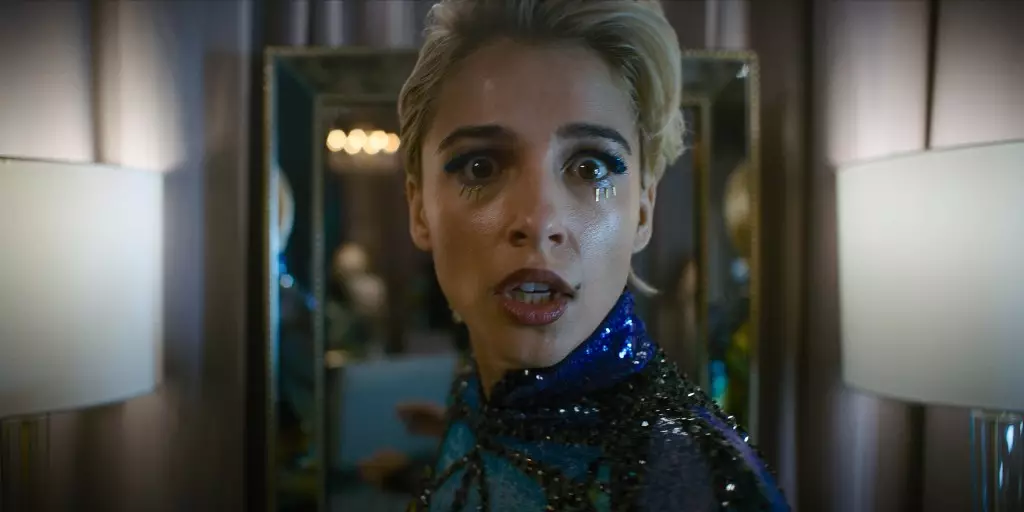This weekend marks a significant moment in the cinematic landscape with the highly anticipated release of “Smile 2,” a sequel from Paramount that aims to capitalize on the original film’s impressive performance. Initial presale figures suggest that the sequel might open with earnings in the mid-teens, potentially exceeding initial expectations—which had set forecasts around the $20 million mark—if it successfully resonates with Latino and Hispanic audiences. The original “Smile” became a post-pandemic benchmark for theatrical success, having transformed from a streaming release to a blockbuster hit after positive test screenings.
The original “Smile,” which debuted to an impressive $22.6 million, went on to gross over $217 million globally. This success was no small feat, especially considering the industry’s struggle during and after the COVID-19 pandemic. In stark contrast, some films, like Disney’s “Hocus Pocus 2,” were relegated to streaming despite favorable test scores. The first film’s compelling narrative centered on psychiatrist Dr. Rose Cotter, played by Sosie Bacon, whose life spiraled into chaos following a traumatic incident. Parker Finn, the original director and writer of “Smile,” returns for this sequel, heightening expectations based on his previous work.
A Shift in Focus
In “Smile 2,” Naomi Scott takes center stage as a pop star grappling with some of the horrifying elements that come with fame. The film explores her descent into fear as she encounters increasingly sinister phenomena that force her to confront her personal demons. Early reviews have been promising, with “Smile 2” currently boasting an 86% Fresh rating on Rotten Tomatoes. Comparatively, the first film held an 80% rating. It is critical to analyze why these ratings differ and how the reception of the sequel could be influenced by the market conditions and audience expectations.
One notable factor affecting “Smile 2” is the current competition in the horror genre. The first film arrived in a relatively sparse market, whereas the sequel finds itself amidst a crowded lineup of horror titles. Notably, “Terrifier 3” is drawing a strong audience and has already marked a solid five-day total of $23.7 million. Additionally, the sequel’s release strategy reveals some strategic choices, such as being part of a 3,500-theater count that includes premium large formats (PLFs), although its absence from IMAX screens could limit its overall reach.
“Smile 2” targets a demographic skewing towards younger female audiences under the age of 25, quite different from male-driven horror titles like “Terrifier 3.” This specific marketing approach speaks to the filmmakers’ understanding of their core audience and suggests a strategic pivot from the original movie’s broader appeal.
As the weekend unfolds, industry watchers are keenly awaiting the box office numbers to better understand “Smile 2″’s performance trajectory. The challenges it faces are multifaceted: competition, audience reception, and marketing choices will all play crucial roles in determining its legacy. Ultimately, how “Smile 2” performs will not only impact the franchise but also offer insights into current trends within the horror film industry.

